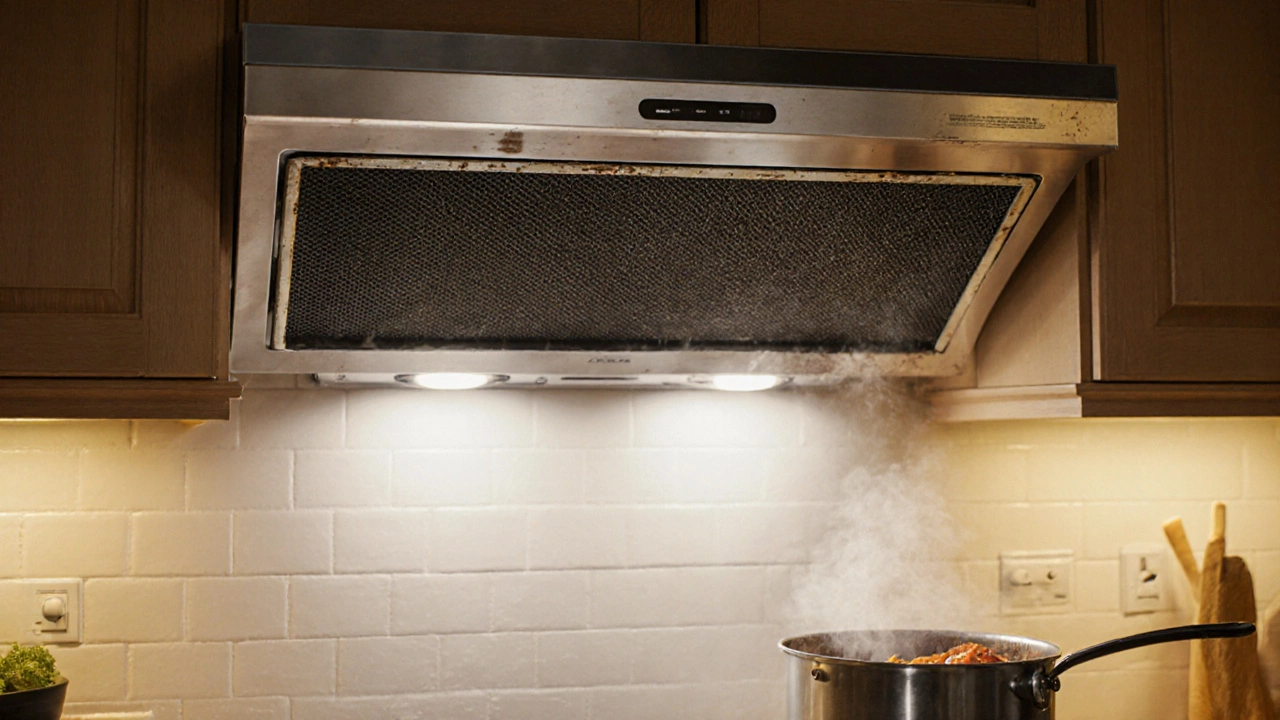
Step‑by‑step guide to unblock a kitchen extractor fan, clean filters, clear ducts, check motor and safety switches, plus maintenance tips and FAQs.
Notice steam hanging in the bathroom or a kitchen that smells like a grill after cooking? Most likely the extractor fan is on the fritz. You don’t need to live with a moist, smelly room – a few simple checks can often get the fan humming again.
First, make sure the fan actually has power. Look at the switch, check the circuit breaker, and test the outlet with a lamp. If there’s no power, the issue is electrical, not the fan itself. Reset the breaker or replace a blown fuse before moving on.
Dust, grease, and humidity love to collect on fan blades and inside the motor housing. Over time the buildup slows the blades, makes the motor work harder, and eventually burns it out. A clogged filter or grill also reduces airflow and can trigger a safety cut‑off in some models.
Another frequent culprit is a loose wire connection. Vibrations from regular use can loosen terminals, causing intermittent operation or a complete stop. Look for any visible wires that are disconnected or frayed.
Lastly, many fans have a built‑in timer or humidity sensor. If the sensor malfunctions, the fan may never turn on. Resetting the fan (turning it off for a minute and then back on) often clears a sensor glitch.
If power is OK and the fan just sounds weak, start with a clean‑up. Turn off the circuit, remove the fan cover, and vacuum out dust with a soft brush. Use a damp cloth to wipe the blades, being careful not to let water drip into the motor.
Check the filter next. Some fans have a replaceable mesh filter you can wash in warm, soapy water; others use a charcoal pad that needs swapping. A clean filter restores airflow quickly.
After cleaning, inspect the wiring. Tighten any loose nuts and replace any burnt or corroded wires. If you’re not comfortable handling wires, stop here and call an electrician – it’s safer and prevents damage.
When the fan still won’t spin, the motor is probably the problem. Motors are cheap in most brands, but replacing them requires removing the fan housing and disconnecting the motor’s electrical connector. If you have basic tools and the fan’s manual, you can swap the motor yourself. Follow the manual step‑by‑step, keep track of screws, and make sure the new motor matches the old one’s voltage and size.
Sometimes the issue is the fan’s switch or timer module. A faulty switch will feel loose or make a crackling sound when you press it. Replace it with a new one of the same rating – they’re inexpensive and widely available.
When should you call South Shields Appliance Repair Services? If the fan still doesn’t work after cleaning, wiring checks, and a motor swap, the problem may be deeper – like a hidden short in the wiring or a damaged fan housing. Our technicians can diagnose the fault fast and have the right parts on hand.
Regular maintenance keeps your fan running longer. Clean the grill and filter every three months, wipe the blades annually, and give the motor a quick visual check for rust or wear. A little upkeep saves you from costly repairs later.
So next time steam clings to the mirror, you know exactly where to start. Turn off power, clean out the dust, check the filter, tighten the wires, and decide if a DIY motor swap is worth it. If not, give a local pro a call – a working extractor fan makes every bathroom and kitchen more comfortable.

Step‑by‑step guide to unblock a kitchen extractor fan, clean filters, clear ducts, check motor and safety switches, plus maintenance tips and FAQs.
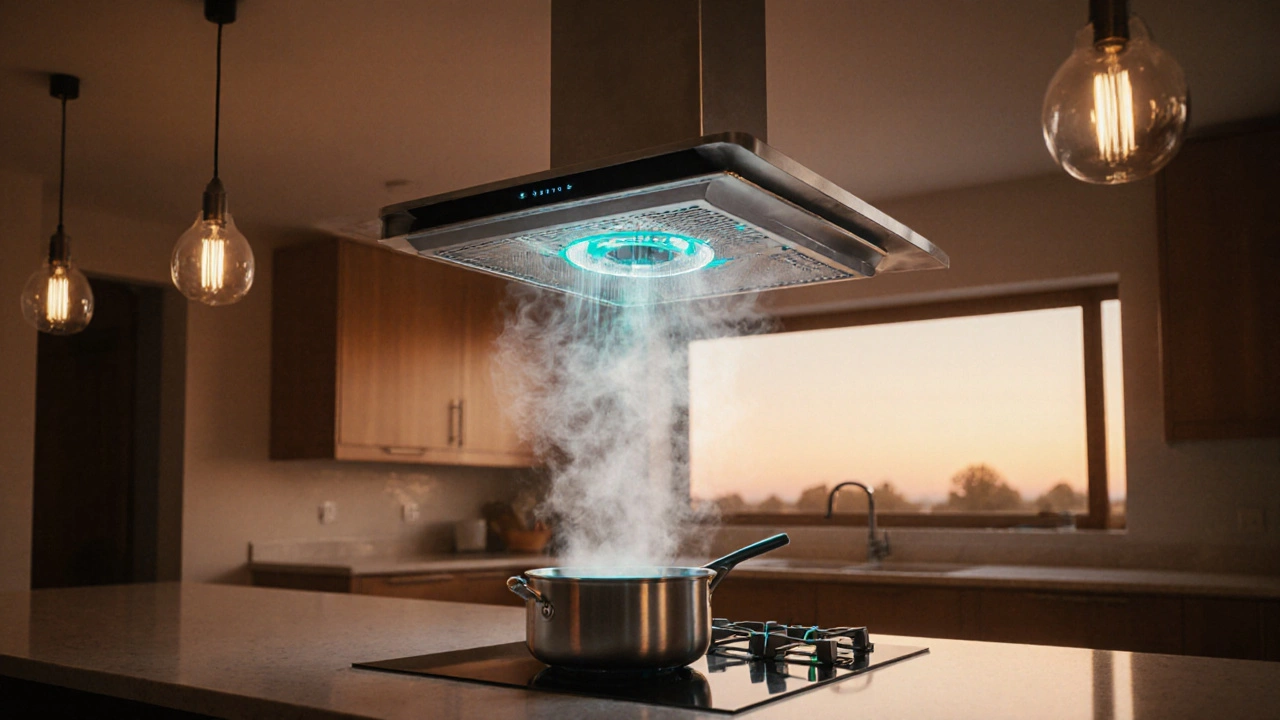
Learn how long extractor fans typically last, what affects their durability, maintenance tips to extend life, warning signs of failure, and guidance on choosing a replacement.

Extractor fans collect dust, grease, and grime, making regular cleaning essential for proper airflow and long motor life. This article covers a no-nonsense, hands-on approach to cleaning an extractor fan motor. Learn why buildup happens, how to safely reach the motor, and exactly what tools and methods work best. Discover simple tricks that make stubborn gunk slide right off. Get your fan running like new without calling for help.

Wondering how long it takes to fix an extractor fan? This article breaks down the actual time you’ll need, from quick fixes you can try yourself, to more complex issues that call for a pro. Learn what usually goes wrong, what tools you’ll need, and how to speed up the process. Get straight answers so you can plan your day around the repair. No confusing jargon, just clear advice that helps you get your extractor fan sorted out.
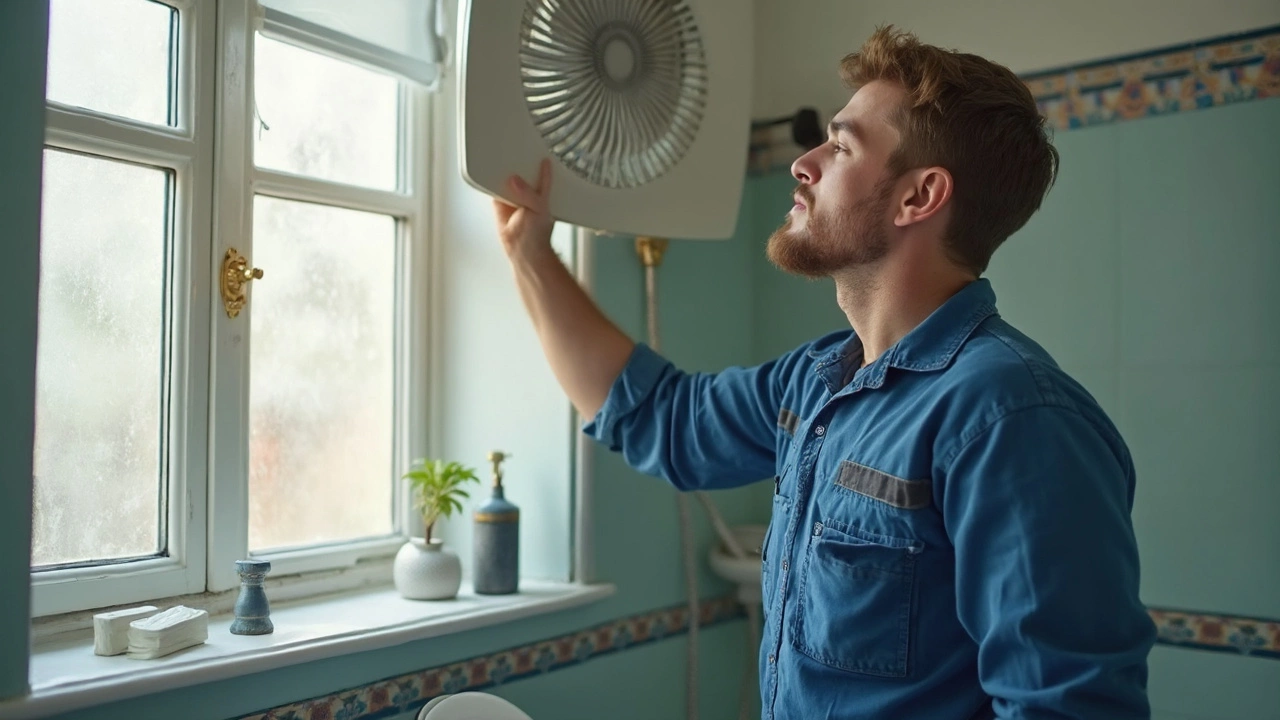
Ever wondered if a plumber can actually fit an extractor fan? This article breaks down what a plumber can and can't do when it comes to installing, repairing, or replacing extractor fans. Learn about the skills and limits of plumbers, and see when you might need an electrician instead. Get a real idea of what’s possible so you don’t waste time or money on the wrong tradesperson. Find tips and facts to make your next bathroom or kitchen upgrade a lot smoother.

Ever wondered if you can skip having an extractor fan in your kitchen or bathroom? This article breaks down what happens when you're fan-free, the real risks involved, and what your legal requirements are. You'll get practical tips on keeping moisture and smells under control, even if you've decided against a fan. Plus, find out when going without an extractor fan turns into a problem you can't ignore. If you're fixing or replacing a busted fan, check this out before making any decisions.

If you're dealing with a broken extractor fan or simply don't have one, it's important to find effective alternatives for maintaining good ventilation. From clever hacks like using a portable fan to practical solutions like cooking with lids on pans, there are surprisingly easy ways to keep your kitchen air fresh. Knowing how to work with what you have can be a game-changer. Spotting solutions around your home doesn't have to be difficult. Here are some straightforward tips to improve your space's airflow.
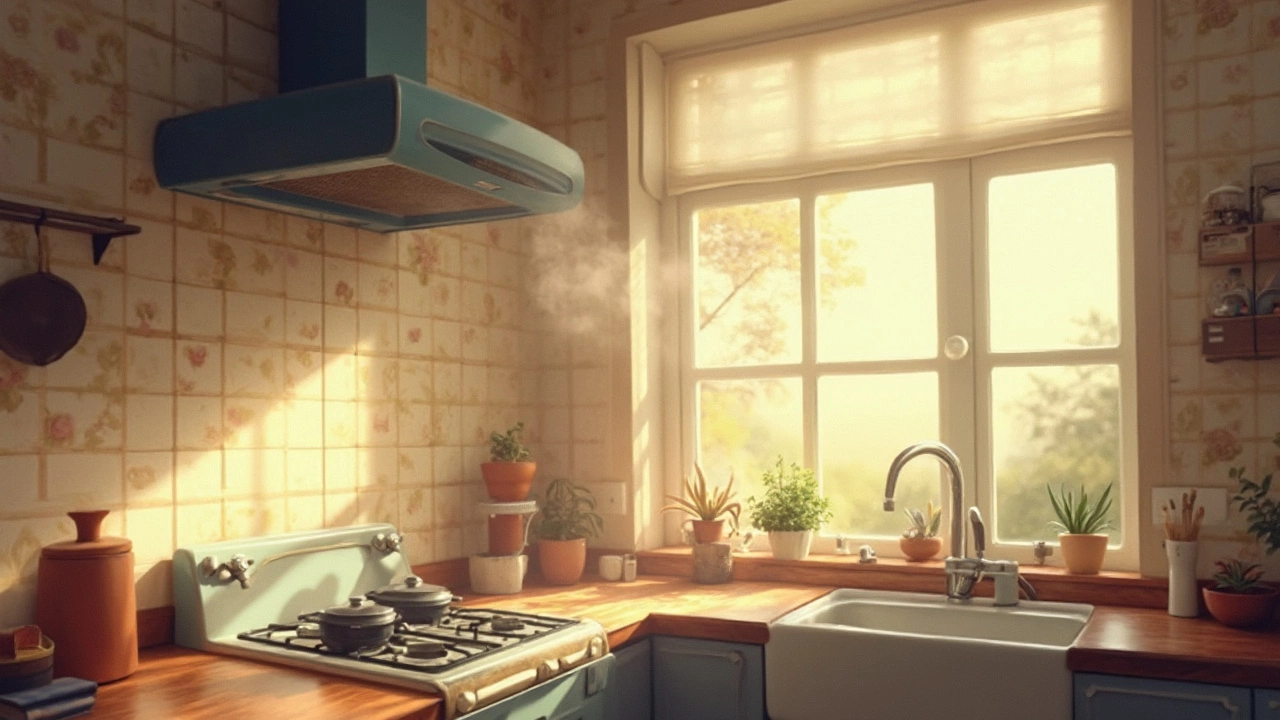
Extractor fans are essential for keeping your home fresh and free of unwanted odors. But what happens when they break down? Learn if extractor fans can be repaired, common issues that cause malfunctions, and some useful tips for troubleshooting. This guide provides practical insights to extend the life of your fan before calling in a professional.
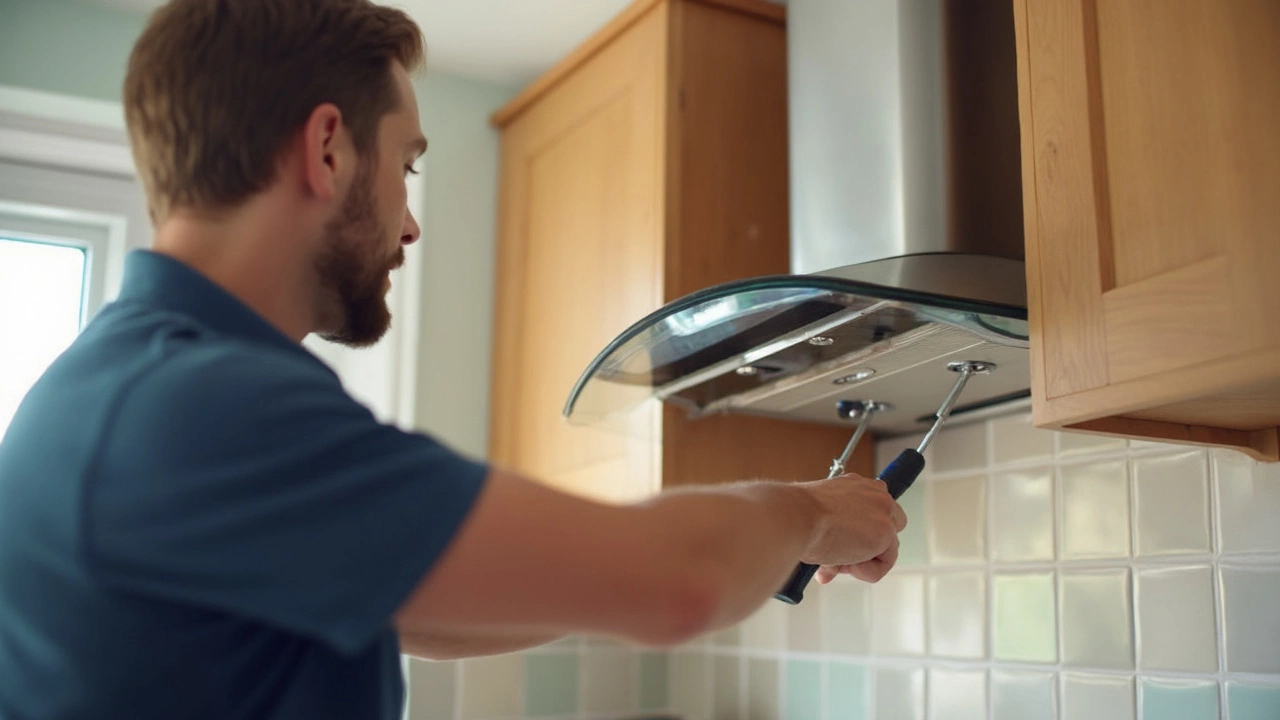
Extractor fans play a crucial role in maintaining fresh and clean air in your home, especially in rooms like kitchens and bathrooms. This article explores who exactly is involved in installing and repairing these essential appliances. From understanding the role of professionals like electricians and HVAC specialists to offering practical tips for choosing and maintaining your extractor fan, learn how to keep your home's air quality optimal.

This article explores the possibility of repairing kitchen extractor fans, providing insights into common problems, DIY tips, and when to call a professional. It guides you through understanding your fan, identifying issues, and weighing repair options. Learn about the lifespan of these appliances and how regular maintenance can prevent costly breakdowns. By the end, you’ll know whether you can tackle repairs yourself or when it’s best to seek expert help.
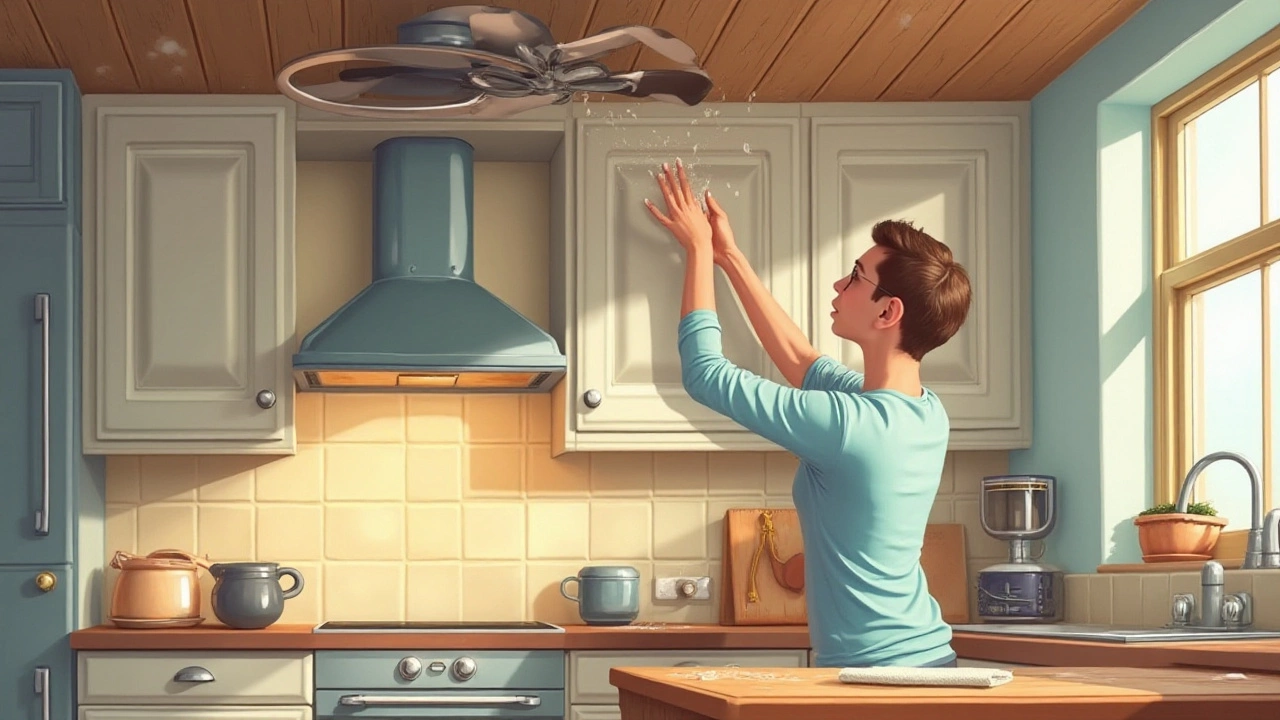
Servicing an extractor fan is essential for maintaining good airflow and reducing moisture in your home. This article covers step-by-step guidance on accessing, cleaning, and maintaining your extractor fan. Learn practical tips for troubleshooting common issues and keeping your fan in peak condition. With regular upkeep, you can enhance the longevity and performance of your extractor fan, making your living environment more comfortable.
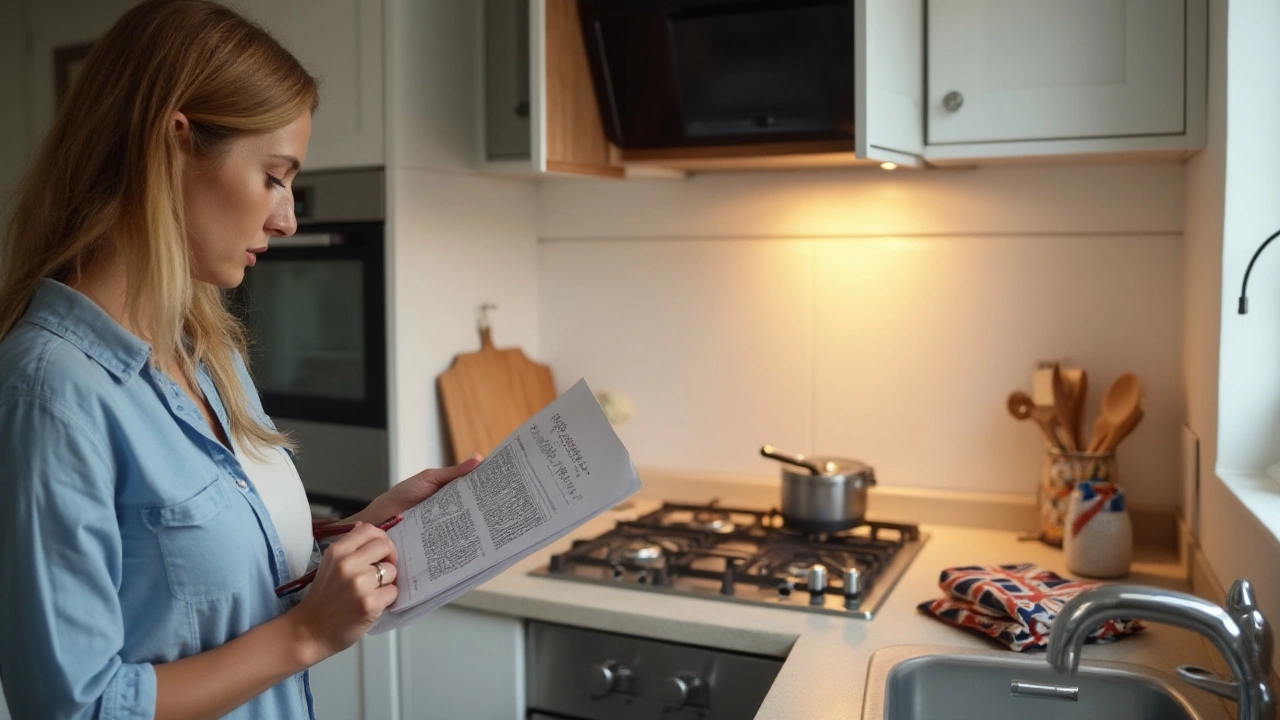
Replacing a kitchen extractor fan motor can seem daunting, but with the right tools and instructions, it becomes a manageable DIY project. This article breaks down the steps needed to safely and effectively replace the motor, ensuring your kitchen remains well-ventilated. It also includes tips for selecting the right motor and signs that indicate a replacement is necessary.